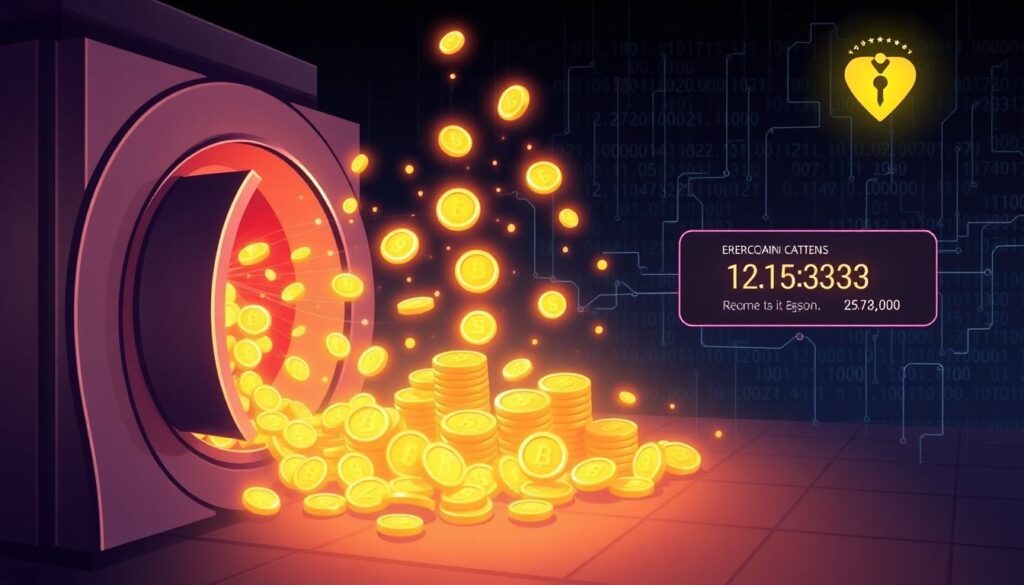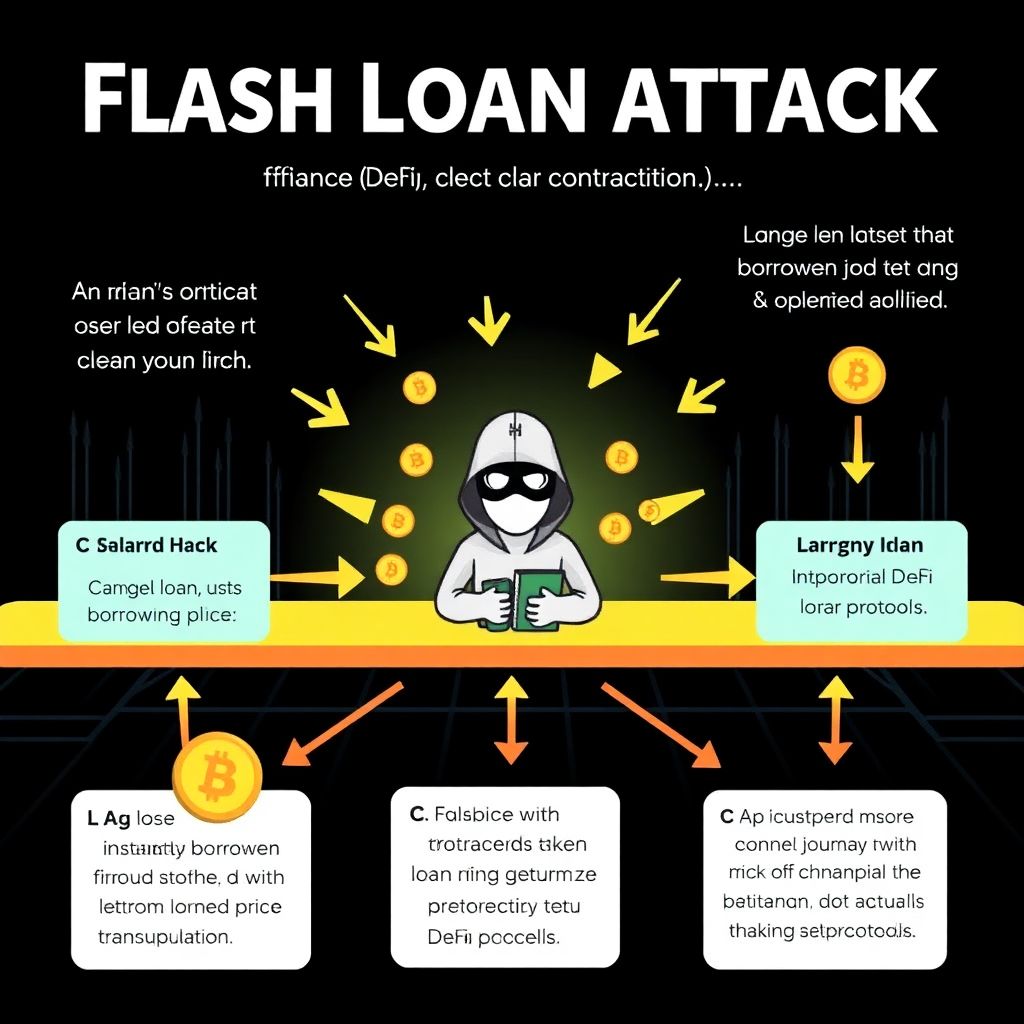Understanding Flash Loan Attacks: A Beginner’s Overview
Flash loan attacks have emerged as one of the most sophisticated threats in decentralized finance (DeFi). These attacks exploit the mechanics of flash loans—instant, uncollateralized loans that must be repaid within a single transaction block. While flash loans themselves are not inherently malicious, attackers use them to manipulate smart contracts or exploit vulnerabilities in decentralized protocols. This beginner guide to flash loan attacks aims to demystify the concept, highlight key warning signs, and provide practical strategies for flash loan attack prevention.
Step 1: Grasp the Mechanics of Flash Loans

Before understanding how to avoid flash loan attacks, it’s essential to know how flash loans work. Essentially, they allow users to borrow large sums of crypto assets without putting up collateral, as long as the loan is repaid in the same transaction. If repayment fails, the transaction is reversed. Attackers exploit this feature by chaining multiple operations—swaps, arbitrage, or governance votes—within a single transaction to manipulate asset prices or extract value from flawed smart contracts.
For beginners, the key takeaway is this: flash loans are not inherently bad, but their misuse can be extremely harmful when smart contracts are not properly designed or audited.
Step 2: Identify Flash Loan Attacks in Action
To identify flash loan attacks, one must monitor abnormal behavior on the blockchain. These attacks often leave behind specific traces, such as sudden large-volume transactions or price slippages on decentralized exchanges. Additionally, a common sign is a series of complex contract calls executed within a single block.
Key indicators to watch for:
– Unusually large loans issued and repaid within the same transaction
– Drastic price changes in token pairs in a short timeframe
– Smart contracts that interact with multiple DeFi protocols simultaneously
Blockchain analytics platforms can help detect these patterns. For developers or DeFi project owners, integrating monitoring tools is a useful flash loan attack protection strategy.
Step 3: Secure Smart Contracts with Proper Design
One of the most effective ways to achieve flash loan attack prevention is through robust smart contract design. Many successful attacks exploit contracts that assume asset prices are always fair or that users act in good faith. To counteract this, developers must implement multiple layers of protection.
Best practices include:
– Use of time-weighted average price (TWAP) oracles instead of spot prices
– Implementing reentrancy guards and access controls
– Whitelisting trusted contracts for sensitive operations
These measures make it significantly harder for attackers to manipulate conditions within a single transaction.
Step 4: Educate Yourself and Your Community

Education is a critical part of how to avoid flash loan attacks. Many beginners fall into the trap of assuming that smart contracts are secure by default. In reality, most DeFi protocols are only as secure as their weakest component. Participating in forums, reading technical breakdowns of past attacks, and staying updated on security audits are essential steps.
Beginner pitfalls to avoid:
– Relying solely on popular platforms without verifying their audit status
– Interacting with protocols that use unaudited or forked code
– Underestimating the complexity of DeFi transactions
By developing a security-first mindset, users can significantly reduce their exposure to potential exploits.
Step 5: Implement Real-Time Monitoring and Audits

Flash loan attack protection doesn’t stop at code deployment. Continuous monitoring and regular audits are essential for maintaining security. Real-time transaction monitoring can help detect suspicious patterns before they cause significant damage. Additionally, third-party security audits can uncover hidden vulnerabilities that internal teams might miss.
Recommended security practices:
– Schedule periodic audits with reputable firms
– Use on-chain monitoring tools to flag anomalies instantly
– Participate in bug bounty programs to incentivize white-hat hackers
These steps not only help identify flash loan attacks early but also build trust among users and investors.
Conclusion: Building Resilience Against Flash Loan Exploits
Flash loan attacks are complex, but not unavoidable. For beginners, the key lies in understanding how these attacks function, recognizing early warning signs, and adopting best practices in smart contract development and usage. Flash loan attack prevention is not a one-time effort—it requires continuous learning, vigilant monitoring, and a proactive security approach. By incorporating these strategies, users and developers alike can better protect themselves and contribute to a safer DeFi ecosystem.

